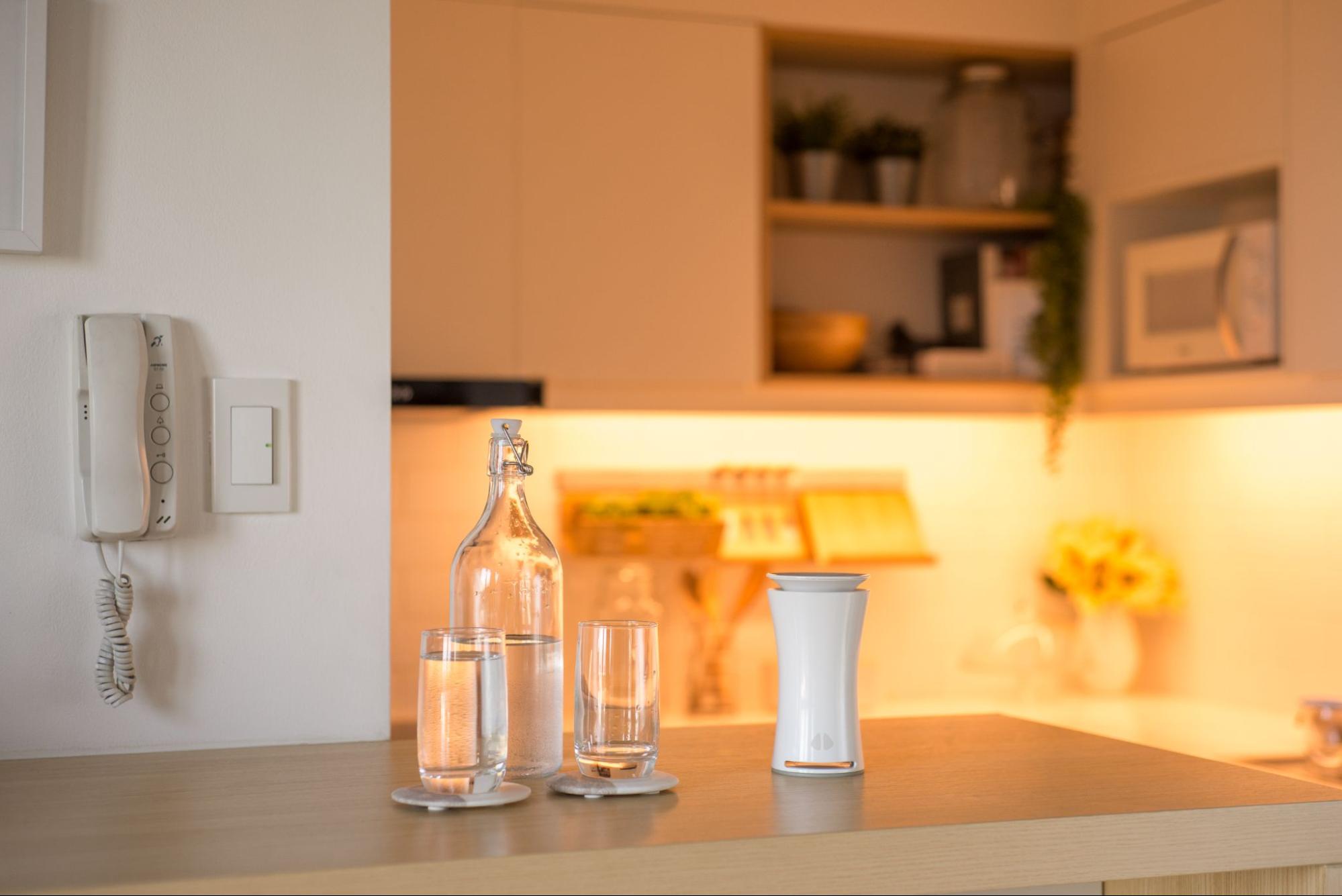
Air is essential for all human beings because it keeps us alive. Sadly, the air we inhale into our lungs is not always as pure. With the rapid tech advancements and rampant urbanization, our planet’s air has been facing increasing challenges in terms of pollution.
Thankfully, the world is becoming more conscious of the need for a healthy environment. The Air Quality Index (AQI) has now emerged as a vital tool for measuring air quality. It is utilized for tracking outdoor air pollution and its link to both indoor air pollution and indoor air quality standards.
Explaining the Air Quality Index (AQI)
The AQI is a standardized system offering information about air quality in a specific locality. It considers various pollutants such as ground-level ozone, carbon monoxide, particulate matter, nitrogen dioxide, and sulfur dioxide.
The AQI deals with complex air quality data and transforms that into a simple numerical scale. This makes it easier for the general public to understand the potential health risks they face due to the air they breathe. Check out the AQI scale below:
- 0-50: Good (Green) – Air quality is satisfactory and poses little or no risk.
- 51-100: Moderate (Yellow) – Air quality is acceptable. However, there could be a moderate health concern for a few people who are unusually sensitive to air pollutants.
- 101-150: Unhealthy for Sensitive Groups (Orange) – People with respiratory problems (e.g. Asthma or COPD), heart conditions, children, and seniors may experience health effects. Notably, the rest of the general public is not likely to be affected.
- 151-200: Unhealthy (Red) – Everyone may begin feeling symptoms and experiencing health effects. Sensitive individuals may experience more serious health issues.
- 201-300: Very Unhealthy (Purple) – This is a health alert as everyone may experience more serious health effects.
- 301-500: Hazardous (Maroon) – Health warnings of emergency conditions are released as the whole population is more likely to be affected.
Air Pollution and Its Impact on AQI
Outdoor air pollution can significantly contribute to the deterioration of air quality and lead to higher AQI levels. The primary sources of dirty environmental air are:
- Vehicle emissions
- Industrial activities such as manufacturing
- Natural sources like pollen, dust, and mold spores
- Anthropogenic (human-caused) like respiration
- Electric utilities that burn coal, oil, natural gas, biomass
When inhaled, these invisible threats can lead to various health issues like respiratory illnesses like frequent colds or sinusitis, neurological issues like lack of focus and poor memory, or cardiovascular problems like hypertension. Cities with high levels of air pollution often experience elevated AQI values. This means higher levels of outdoor air pollution and more indoor air pollutants infiltrating the home. This puts the health and well-being of their residents at risk.
Indoor Air Quality (IAQ) and Its Connection to AQI
While outdoor air pollution is widely recognized, indoor air quality is equally important, which is why it’s crucial to implement indoor air quality strategies. In fact, indoor air can be even more polluted than outdoor air due to factors like:
- Poor home ventilation
- Off-gassing from building materials and furniture
- Fumes from cooking, showering, and using the fireplace
- Toxins from household cleaning materials
This is where the AQI becomes relevant for indoor spaces as well. Monitoring the air quality inside our homes and workplaces with an IAQ sensor is essential to ensure a healthy living environment. Using IAQ products like indoor air quality sensors and air purifiers creates a healthy environment. Staying vigilant with indoor air cleaning makes a world of difference.
Optimizing an Indoor Air Monitor
Here’s where the uHoo Indoor Air Quality Monitor comes into play. It’s a seemingly simple device that performs a big job of ensuring your home meets indoor air quality guidelines. It’s one of the best IAQ solutions because its cutting-edge technology tracks various indoor air pollutants in real time, including:
- Volatile organic compounds (VOCs)
- Carbon dioxide
- Particulate matter
- Temperature
- Humidity
- Carbon monoxide
- Carbon dioxide
- Molds
By clearly understanding your indoor air quality, a reliable monitor empowers you to take proactive steps to create a healthier living space. As we learn the importance of air quality and its impact on our health, it’s clear that we must take action. By investing in a uHoo Smart Air Monitor, you’re making a conscious choice to prioritize the well-being of yourself and your loved ones. With the ability to monitor and improve your IAQ standards, uHoo is your partner in creating a healthier, happier environment.


